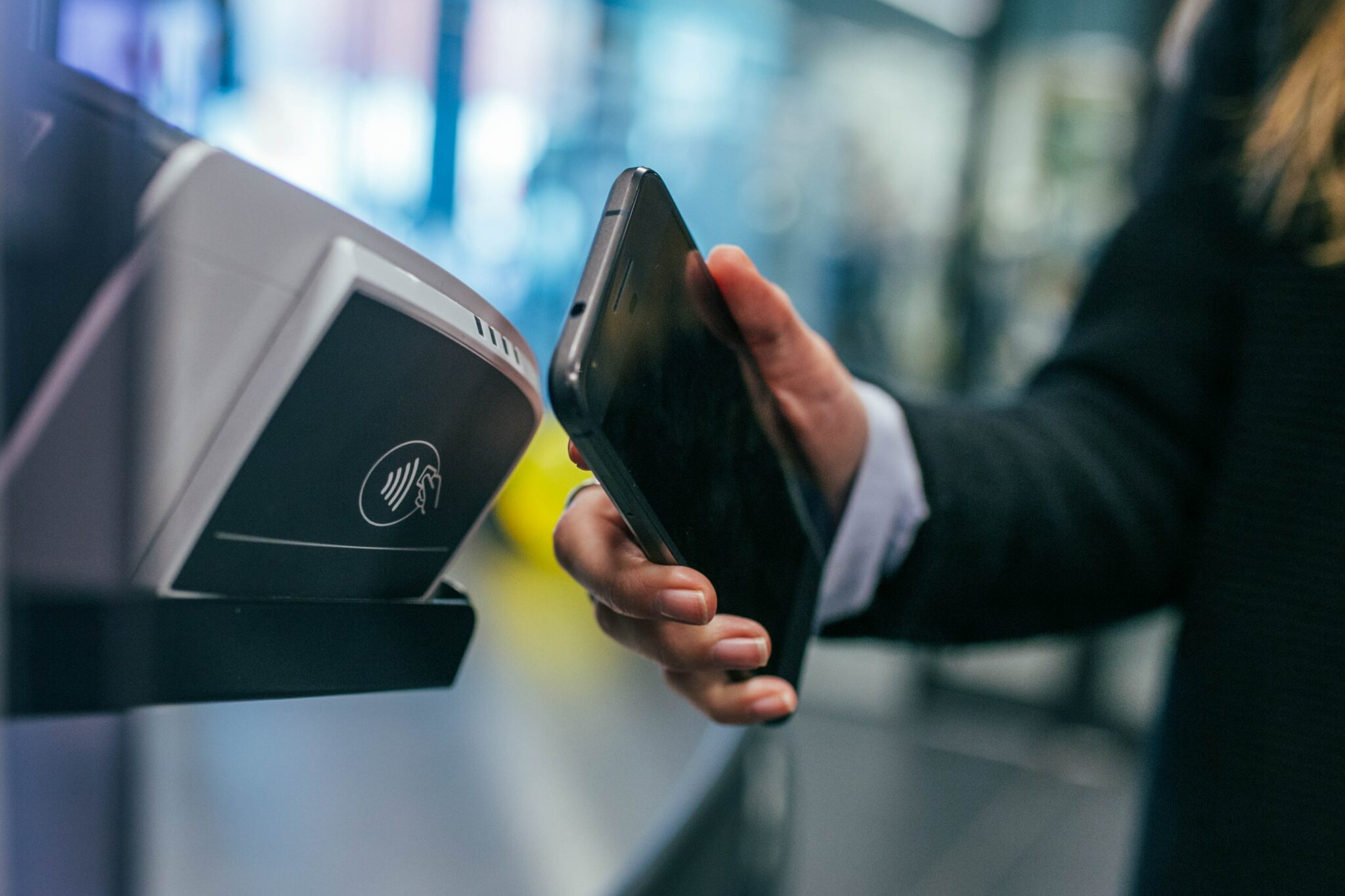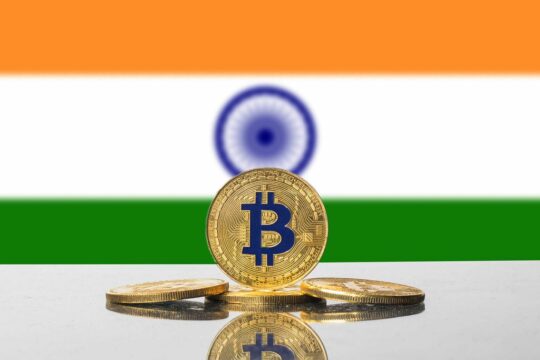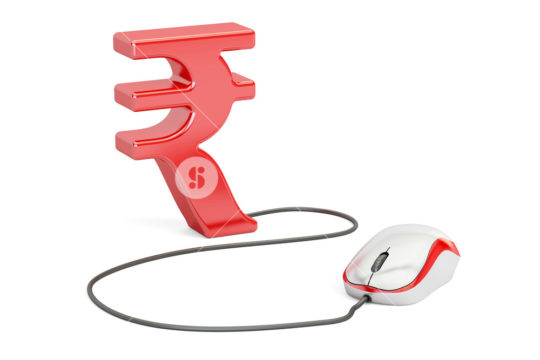The world of digital payments continues to rock. The number of unique contactless mobile payment users is set to increase because of increasing consumer demand for convenient and frictionless payment methods and the advent of the cost-effective soft POS. Consumer instant payments will grow driven by lower merchant acceptance costs when compared to traditional card schemes.
According to a Juniper Research study the number of unique contactless mobile payment users will reach 1 billion globally by 2024; rising from 782 million in 2022, representing a growth of 60%. The research predicts that increasing consumer demand for convenient and frictionless payment methods is accelerating this growth, since only a smartphone or NFC-enabled device is enough to use contactless payments, eliminating the need to carry multiple payment cards.
NFC mobile payment vendors must maximise convenience by offering further payment options, such as BNPL (Buy Now, Pay Later), to encourage greater adoption
Research author Jordan Rookes
“NFC mobile payment vendors must maximise convenience by offering further payment options, such as BNPL (Buy Now, Pay Later), to encourage greater adoption. BNPL allows consumers to pay in several instalments; making high-value purchases more affordable,” Research author Jordan Rookes says.
The advent of soft POS, which enables smartphones to accept NFC payments, will quickly increase contactless acceptance infrastructure because of the lower cost of soft POS, in comparison to traditional contactless POS, as it eliminates the need for additional hardware.
According to another study the number of virtual card transactions will exceed 121 billion globally by 2027, from 28 billion in 2022. This 340% growth is owed to the rising integration of virtual cards to existing digital wallets services, such as Apple Pay and Google Pay. This integration will drive this growth by leveraging the existing large user bases of these digital wallets.
Instant Payment Growth Transition is On
Another study from Juniper Research has found that the number of consumer instant payments will exceed 235 billion in 2027, from 74 billion in 2023. This growth of 218% will be driven by lower merchant acceptance costs when compared to traditional card schemes. This is of particular importance now, as many merchants will be seeking to reduce costs and protect margins through the global economic downturn.
An instant payment is any payment outside of a card network that can receive funds in 10 seconds or under.
Report author Michael Greenwood explains, “Payment processors, who provide payments acceptance for merchants, should look to offer instant payments integration via a single API. This will allow merchants to accept instant payments at checkout alongside existing payment methods, such as cards and wallets, without needing to undertake a separate, costly and time-consuming integration process.”
Payment processors, who provide payments acceptance for merchants, should look to offer instant payments integration via a single API. This will allow merchants to accept instant payments at checkout alongside existing payment methods, such as cards and wallets, without needing to undertake a separate, costly and time-consuming integration process
Michael Greenwood
The research found that the transition to instant payments for consumers will rapidly expand, reaching 70% of all global transactions by 2027, up from just over 30% in 2023. By 2027, the three largest markets for consumer instant payments globally, by transaction volume, will be China, led by the popularity of WeChat Pay and AliPay; India, driven by UPI; and the US, brought by the introduction of FedNow.
The recommendation is that instant payment vendors focus on building value-added services within their offering, including real-time fraud prevention or automation of payments for B2B use cases, to benefit from this shift in a highly competitive market.
Read more: MSMEs revel in high retail sales with digital payments
The research identified that the lower costs of instant payments allow merchants to pass on savings to consumers, as well as benefitting from increased speed of transfers. With instant settlement, merchants will receive payments within seconds, reducing payment settlement delays.
Report author Michael Greenwood explained, “Payment processors, who provide payments acceptance for merchants, should look to offer instant payments integration via a single API. This will allow merchants to accept instant payments at checkout alongside existing payment methods, such as cards and wallets, without needing to undertake a separate, costly and time-consuming integration process.”
Looks like another transformative shift is underway in the ever-evolving realm of digital payments. The surge in unique contactless mobile payment users is a testament to the escalating demand for seamless transactions. To flourish in this dynamic landscape, vendors must innovate, embracing value-added services and efficient integration methods.












